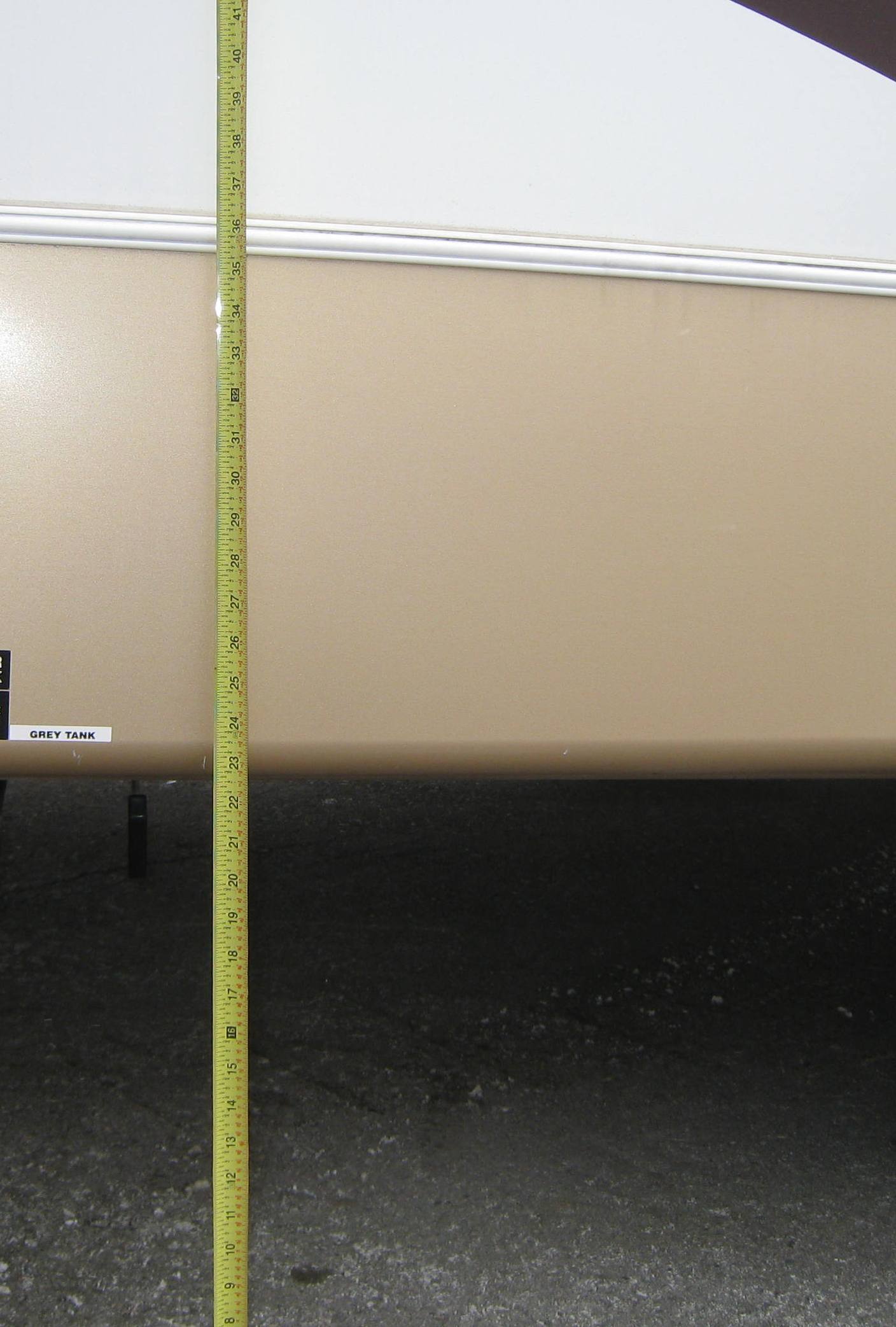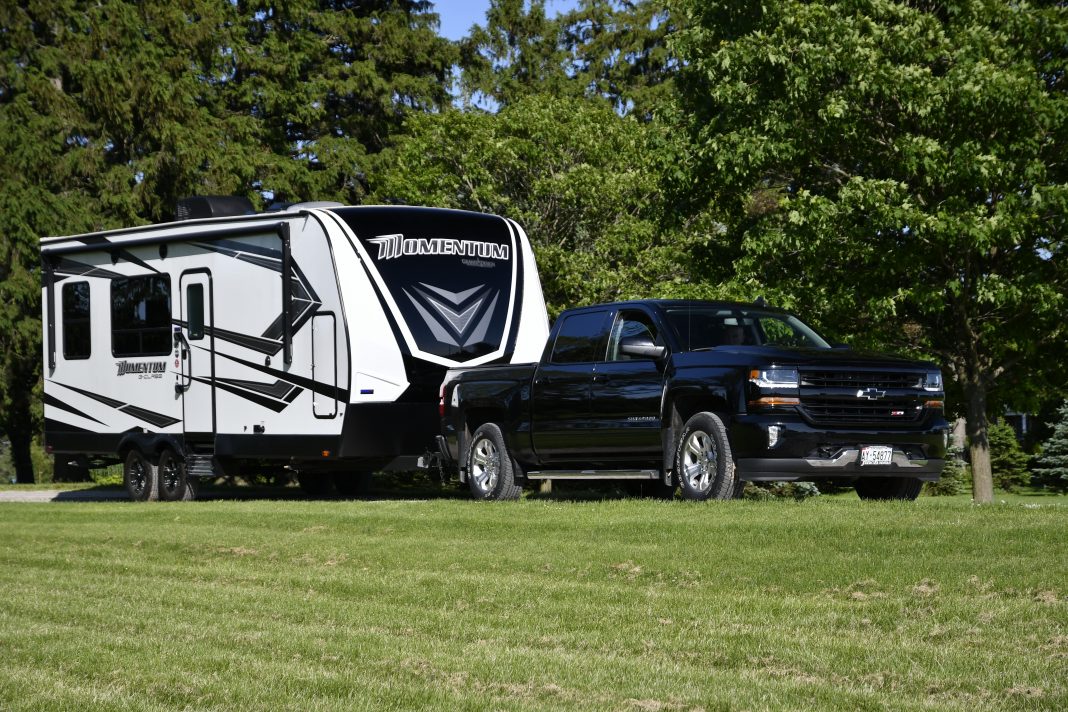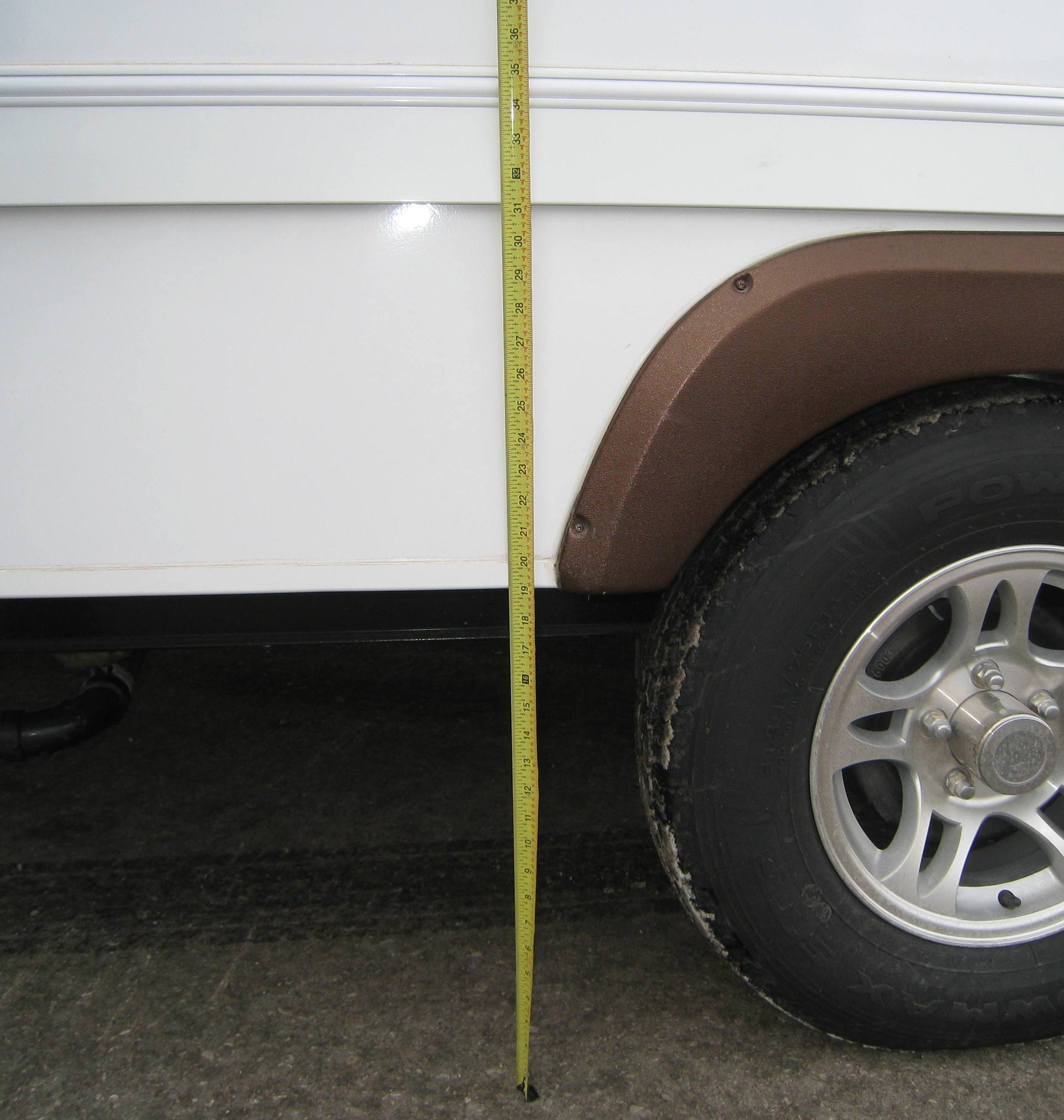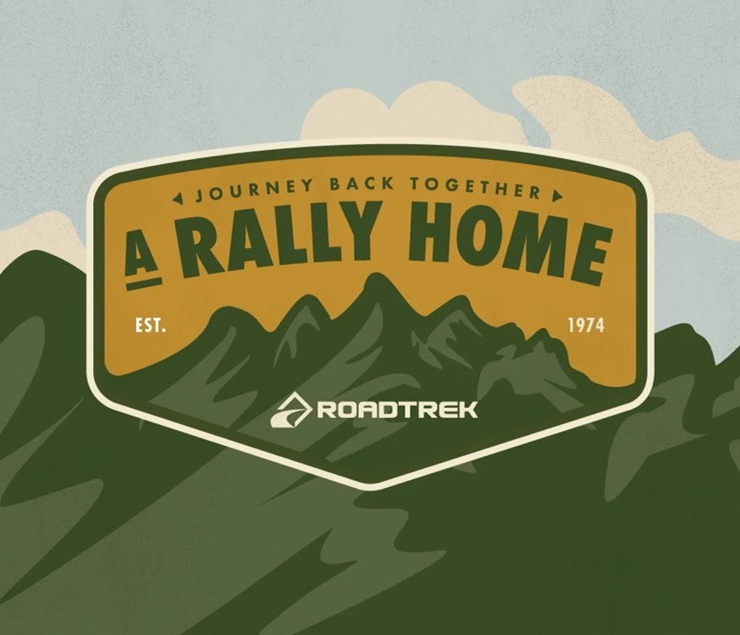Before taking the plunge, perhaps you should ask yourself “how big is best?”
By Andy Thomson
Few of us have unlimited funds, so we weigh costs and benefits all the time. In the end, every decision is a compromise of some kind.
Many first time RV owners purchase a small unit and then discover that what they really want is a larger one with more features. This usually translates into increased weight, length or height and sometimes all three. For many families, purchasing a larger RV and a new tow vehicle at the same time is not an option, so they tend to compromise and purchase a trailer that is a little larger – but not their ideal unit. They may love the 30’ model but wind up trading in their 22’ on a 26’ because of tow vehicle considerations.
Before taking the plunge, perhaps you should ask yourself if the compromise makes sense. After all, you will probably own the trailer a lot longer than the tow vehicle, especially if it is the right trailer.
What we often see is someone who has a 22’ and they purchase a 26’. A couple of years down the road, they purchase a new tow vehicle and then a couple of years later they get the 30’. If they purchased the 30’ instead of the 26’ they would have saved quite a bit of money if they could have compromised the towing for a couple of years.
The question is, what can you compromise? If you are patient, you can live without some acceleration and cruising speed, but handling stability and load carrying capacity should not be compromised. It would seem impossible to get a larger trailer and not compromise safety, but it is actually quite possible when done correctly.
When shopping for a trailer most people focus on length and weight, but these two numbers are not as important as you might think. You can add five feet to the length of a trailer and as long as you do not increase its height or change the profile, the overall towability changes very little. This is because once you punch a hole in the air it matters very little how much length you pull through it. In fact, sometimes longer trailers have a little less drag as the air flow can stabilize before the back of the trailer causes turbulence. When towing the longer trailer you may feel the effect of crosswinds slightly more, but not dramatically so.

Weight is a factor for a very small percentage of the time when you are towing – mainly when accelerating and climbing a grade – but aerodynamic drag is there constantly, so the shape of the trailer is very important. At one time, we sold a trailer that came standard with a fairly square aluminum body, but nicely shaped fibreglass caps were an option that added 450 pounds to the weight. The improved aerodynamics dramatically improved towing ease and handling, however we constantly had to explain that the weight saving of deleting the caps was not going to make towing easier. In fact, you can add 2000 pounds to a trailer, and if the height and profile stay the same, you may notice it a little as you pull away and a small amount on steep hills, but the difference is relatively small.
So if weight and length do not dramatically affect towability, height on the other hand does. When you increase the chassis height of a trailer by 10” you also raise the centre of gravity 10”, which dramatically affects handling stability. The 10” of height adds aerodynamic drag even if the shape stays the same. The taller sidewall has more surface area, especially up high, and this will catch cross winds and bow waves from trucks. The extra height will affect performance far more than the weight, even if the trailer length stays the same.
So why would anyone build a trailer 10” or 12” taller? There is a good reason, and that is to add a slide-out over the wheels. Large slide-outs that have a level floor have to clear the top of the tires, which means the entire trailer body has to sit much higher. In other words, the trailer can no longer have wheel wells.
One area where you may be able to compromise on is the size of the slide-out. Many trailers have smaller slides that do not go all the way to the floor, which allows the trailer to still have wheel wells. The other benefit of this style of slide-out is that the bottom of the sidewall remains, which gives the body more strength so the chassis can usually be lighter and not as tall.
It used to be that all taller trailers and fifth wheels came standard with shock absorbers, but today most do not. Shocks go a long way towards taming the effects of these taller trailers. Torsion axles with independent suspension can have a lower profile and the independent suspension makes the trailer considerably more stable.
If your current trailer is a 20’ with conventional construction on leaf springs, you can change to a low profile light trailer with torsion axles that is 30’ long and actually have easier towing. One of the key measurements when you are purchasing a trailer is the distance from the ground to the floor surface and the overall body height.
Some vehicles, especially many conventional SUV’s, have no power issues with virtually any trailer, but they are challenged when it comes to handling stability. The answer for these is a Hensley Hitch, which will eliminate sway. The Hensley is expensive but much less expensive than trading trailers or tow vehicles.
Occasionally, we discover that people have a better tow vehicle sitting at home that they did not even consider using. For example, last year we had a family drop by the dealership trying to find a roomy hybrid trailer to tow with an older Ford Escape outfitted with a 4-speed transmission and a 3.0 litre engine. With a tire size change the Escape can be made to work for limited towing, but these people wanted to tow a few thousand kilometres each year. It turned out that they also owned a sedan with a potent 3.5 litre engine, and that was a much better tow vehicle in all respects. The SUV happened to have a 3500 lb. towing recommendation and the sedan the usual 1000 lb. so they had not considered it.
No matter which trailer you select, a weight distribution hitch system adjusted precisely is critical. You have to look at the entire picture – don’t just zero in on one or two specifications.
Andy
For a tutorial on setting up a weight distributing hitch, please click on the link below…























